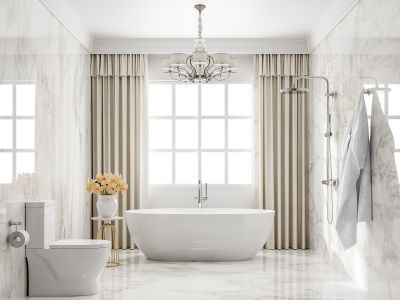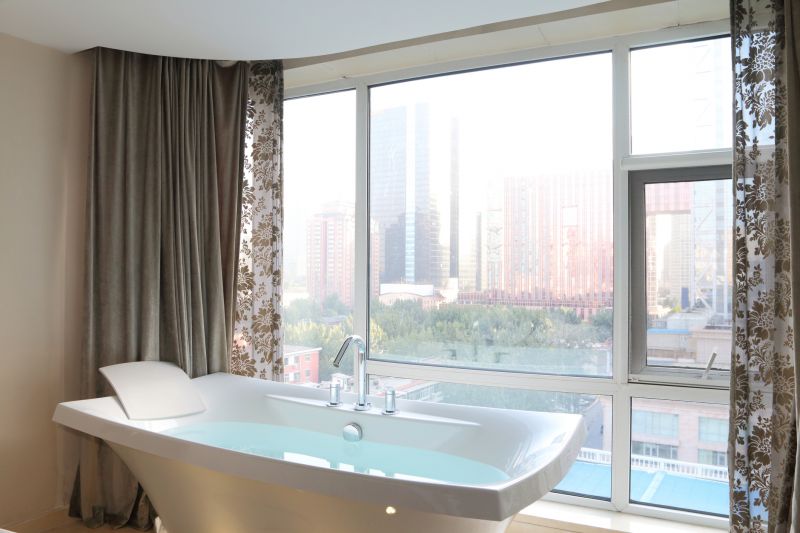Optimal Seasons for Bathtub Installation
Spring offers moderate weather, making it ideal for interior and exterior work. Contractors often have more availability during this season, reducing scheduling delays.
Summer provides longer daylight hours and warmer temperatures, which can expedite installation processes. However, high temperatures may require additional precautions for certain materials.
Fall typically sees fewer project delays, with cooler weather conducive to indoor work. Planning ahead can ensure timely completion before winter.
Winter can pose challenges such as colder temperatures and potential weather disruptions. However, indoor installations can often be scheduled more flexibly.

Ways to make Bathtub Installations work in tight or awkward layouts.

Popular materials for Bathtub Installations and why they hold up over time.

Simple add-ons that improve Bathtub Installations without blowing the budget.

High-end options that actually feel worth it for Bathtub Installations.
| Season | Ideal for Bathtub Installations |
|---|---|
| Spring | Yes, due to moderate weather and contractor availability. |
| Summer | Yes, with longer daylight hours and warm temperatures. |
| Fall | Yes, before winter weather causes delays. |
| Winter | Possible, with indoor scheduling, but weather can be a limiting factor. |
| Off-Season | Late winter and early spring may offer less busy schedules for contractors. |
Bathtub installations are a common home improvement project that enhances both functionality and aesthetics. Proper timing ensures minimal disruption and can contribute to smoother project execution. The choice of season can influence the ease of installation, especially considering weather conditions and contractor schedules.

Finishes and colors that play nicely with Bathtub Installations.

Little measurements that prevent headaches on Bathtub Installations day.

A 60-second routine that keeps Bathtub Installations looking new.

A frequent mistake in Bathtub Installations and how to dodge it.
Most installations are completed within one to two days, depending on the complexity and existing plumbing conditions.
Indoor installations can be scheduled year-round, but interior work is often more straightforward during milder weather months.
Yes, especially for indoor projects. However, weather-related delays are less likely during cold months when work is confined indoors.
Timing depends on personal schedule and contractor availability, with spring and fall often being optimal for scheduling flexibility.

